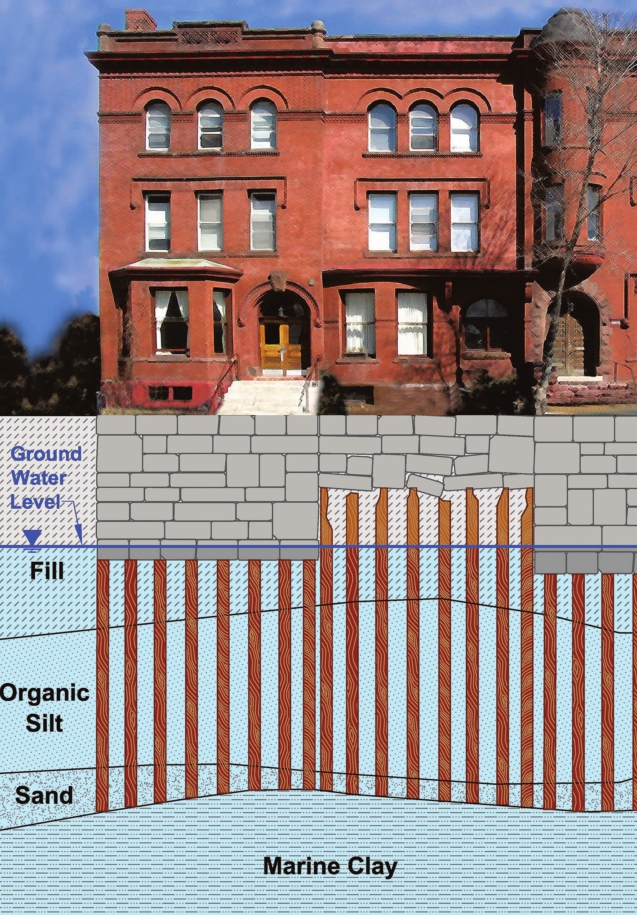

Despite some very dry conditions, a wet couple of months at the end of the year have Boston’s groundwater table in decent shape coming into 2025.
“We started out the year with a nice surplus after what was a pretty wet 2023 and really the first, I’d say, four-five months of 24’ were pretty good,” said Christian Simonelli, executive director of the Boston Groundwater Trust (BGwT). “But it slowly got erased, you know we really had a very dry and really humid and hot summer, particularly at the end of June which was abnormal for us. We usually see those high temps late July early August.”
At one point during that dry spell, there was a period of nearly 30 days without rainfall, bringing the system to its lowest point for the year toward the end of September, beginning of October.
“But then, the last few months, we pretty much made it up,” Simonelli said. “November and December were pretty favorable to the city itself.
When we’ve been tracking for the last 25 years the average is above just over 46 inches of precipitation for the year, and we’re finishing the year at about 48 and a half inches”
The importance of groundwater, Simonelli explained, is that a large swath of Boston was built upon wood piles. When groundwater levels drop, those wooden pylons can be exposed to oxygen triggering the process of decay.
Simonelli says that there are roughly over 8,000 buildings in the city that are supported by wood piles, many of which are worth millions and even tens of millions of dollars in value.
Even during times of drought, which usually moves water levels only a few inches, time is still on their side, Simonelli said, as the process of decay is slow. When water levels drop, a near perfect storm of conditions would be required for wood piles to decay rapidly.
“Such was they case in the flat of Beacon Hill in the 80s where we had depressed groundwater levels, but we didn’t have a groundwater trust prior to that,” Simonelli said. “There was no groundwater monitoring network to alert people that the groundwater dropped”
“What the alert was was that the building settled and, you know, people couldn’t open windows or get out of their house because the building had settled so much.”
Even so, he added, that settling was the result of six or seven years of depressed groundwater levels.
The Boston Groundwater Trust works closely with the city and state agencies that own underground infrastructure like the sewers, drains and tunnels, to ensure that leaks, if they do occur, are repaired.
“When they fix those things that are leaking, the groundwater table comes up,” The other piece that the city has really taken the lead on and has really put in a big effort is green infrastructure.”
In late 2023, BGwT installed automatic sensors into 30 wells, five in each neighborhood of the city, that directly feed them water level data. The goal of those sensors what to see if they were missing anything between their 6–8-week manual reading. This year, they intend to expand that remote monitoring program.
While those 30 units did not find anything out of the ordinary or have any infrastructure leaks, Simonelli says that the goal is for the organization to be able to get data in real time and catch any sudden drops in the water table that day.
“There’s a setup in the data acquisition algorithm if there’s a drop of more than a foot in the well, we get alerted to it, we get a notification. That will allow us to work with utilities sooner.”